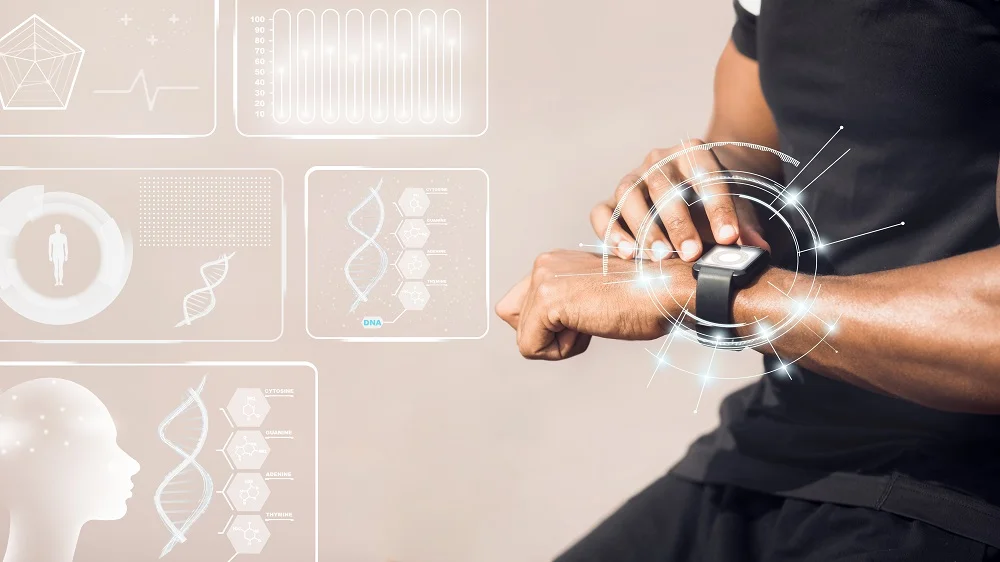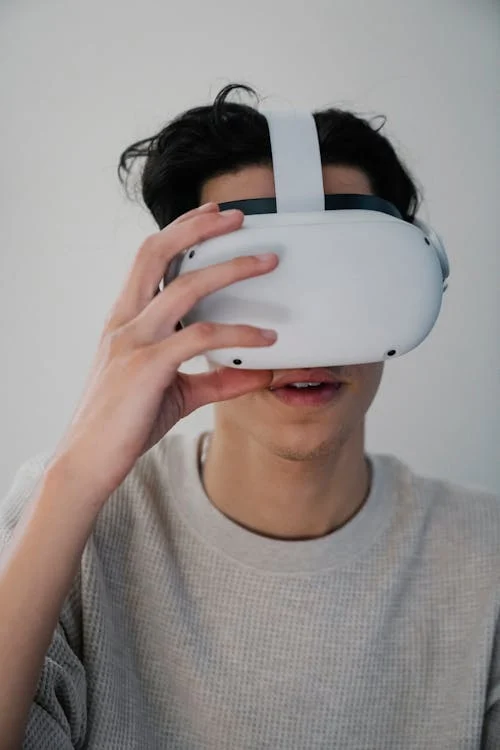Table of Contents

Wearable technology has evolved from a niche market into a mainstream phenomenon, revolutionizing the way we interact with technology and monitor our health. From fitness trackers to smartwatches and augmented reality (AR) glasses, wearable devices are increasingly becoming an integral part of our daily lives. This article explores the latest trends and innovations in wearable technology, highlighting how these devices are transforming various aspects of our lives.
Trends in Wearable Technology
- Health and Fitness Monitoring: The health and fitness industry has been one of the primary drivers of wearable technology. Fitness trackers and smartwatches are equipped with advanced sensors that monitor physical activity, heart rate, sleep patterns, and more. These devices provide users with real-time data on their health and fitness levels, encouraging healthier lifestyles and enabling more personalized wellness plans. Recent innovations include more sophisticated sensors capable of tracking additional health metrics such as blood oxygen levels, electrocardiograms (ECGs), and stress levels. Wearables like the Apple Watch Series 8 and Fitbit Charge 5 offer features that can detect irregular heart rhythms and provide alerts for potential health issues. This continuous health monitoring is particularly valuable for individuals with chronic conditions or those seeking to improve their overall wellness.
- Integration with Artificial Intelligence (AI): AI is playing a crucial role in enhancing the capabilities of wearable technology. By leveraging machine learning algorithms, wearables can analyze vast amounts of data to provide more accurate insights and predictions. For instance, AI-powered wearables can offer personalized fitness recommendations based on individual activity patterns and goals. Additionally, AI is being used to improve the accuracy of health monitoring. Machine learning models can detect subtle changes in vital signs and predict potential health issues before they become severe. This predictive capability allows users to take proactive measures and seek medical attention if necessary.
- Advancements in Augmented Reality (AR): Augmented Reality (AR) wearables, such as smart glasses, are gaining traction as they blend digital information with the real world. AR glasses, like the Microsoft HoloLens and Google Glass, offer immersive experiences by overlaying digital content onto the user’s field of view. These devices are used for various applications, including navigation, remote assistance, and interactive training. Innovations in AR technology are making these wearables more practical and user-friendly. Advances in display technology, such as improved microdisplays and transparent lenses, are enhancing the visual clarity and comfort of AR glasses. Additionally, improvements in gesture control and voice recognition are making it easier for users to interact with AR content seamlessly.
- Fashion and Style Integration: Wearable technology is increasingly being integrated into fashion, blending functionality with aesthetics. Smartwatches and fitness trackers are being designed with stylish, customizable bands and faces to suit different personal styles. Additionally, wearable tech is making its way into clothing and accessories, with smart fabrics and textiles that incorporate sensors and electronics. Innovations in this area include smart clothing that can monitor body metrics, such as temperature and posture, and intelligent accessories like rings that offer health tracking features. These advancements are making wearable technology more appealing to a broader audience, emphasizing both form and function.
- Enhanced Connectivity and Interoperability: Wearable technology is becoming more interconnected with other devices and systems. The integration of wearables with smartphones, smart home devices, and health management platforms is enabling a seamless user experience. For example, smartwatches can control smart home systems, receive notifications, and interact with other connected devices. Additionally, advancements in wireless technology, such as 5G and Bluetooth Low Energy (BLE), are improving the connectivity and performance of wearables. These technologies enable faster data transfer, extended battery life, and enhanced communication between wearables and other devices.
Innovations in Wearable Technology

- Biometric Authentication: Biometric authentication is becoming a standard feature in wearable technology, providing an added layer of security. Many smartwatches and fitness trackers now include fingerprint sensors, facial recognition, or heart rate-based authentication to secure personal data and ensure that only authorized users can access their devices. This innovation not only enhances security but also simplifies user authentication. For instance, biometric authentication allows users to unlock their devices or make payments quickly and securely without the need for passwords or PINs.
- Flexible and Stretchable Electronics: Flexible and stretchable electronics are opening new possibilities for wearable technology. Researchers are developing materials and components that can bend, stretch, and conform to the body, making wearables more comfortable and versatile. For example, flexible sensors can be integrated into clothing or adhesive patches to monitor health metrics without the need for bulky devices. These advancements are enabling the creation of wearable devices that are less obtrusive and more adaptable to various use cases. Flexible wearables can be used for applications such as continuous health monitoring, sports performance analysis, and even as part of smart textiles.
- Improved Battery Life and Charging Solutions: Battery life remains a critical concern for wearable technology. Innovations in battery technology and charging solutions are addressing this challenge by extending the operational time of wearables and reducing the frequency of charging. Recent developments include the use of energy-efficient components, advanced battery materials, and innovative charging methods. For instance, some wearables now support wireless charging or solar-powered charging, reducing the need for frequent recharging and enhancing user convenience.
- Integration with Health Ecosystems: Wearables are increasingly being integrated into comprehensive health ecosystems that include telemedicine platforms, electronic health records (EHRs), and personalized health management systems. This integration allows for seamless data sharing between wearables, healthcare providers, and patients, enabling more coordinated and effective care. For example, wearables that track chronic conditions such as diabetes or hypertension can transmit real-time data to healthcare providers, facilitating remote monitoring and timely interventions. This ecosystem approach enhances patient care, supports proactive management, and reduces the need for in-person visits.
Conclusion

The rise of wearable technology is reshaping how we interact with digital devices and monitor our health. Trends such as advancements in AI, AR integration, and fashion-oriented designs are driving innovation in the wearable tech industry. Innovations like biometric authentication, flexible electronics, and improved battery life are enhancing the functionality and usability of wearables.
As wearable technology continues to evolve, it holds the potential to revolutionize health monitoring, personal wellness, and daily convenience. By embracing these trends and innovations, consumers and businesses alike can harness the full potential of wearable technology to improve lives and stay at the forefront of technological advancement.


